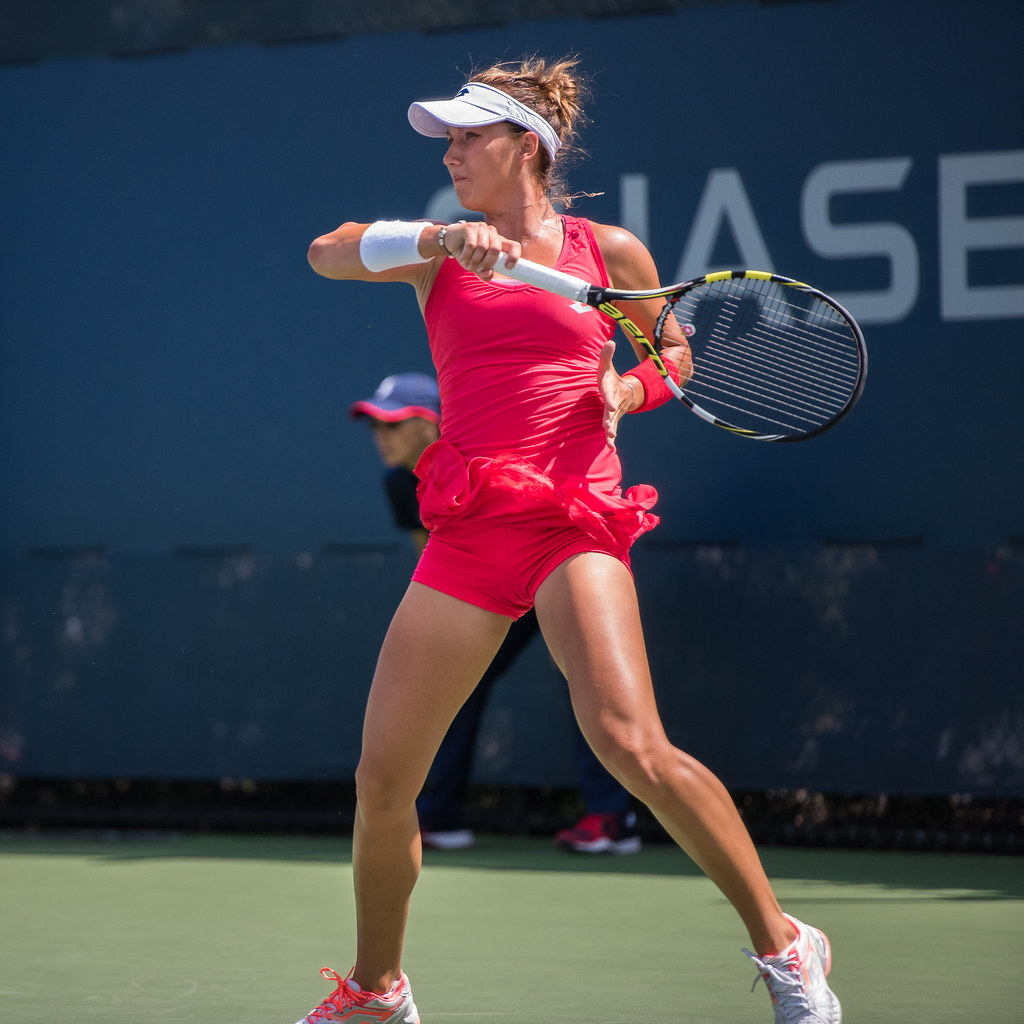Sports (Athletes)
Tennis – Why I Write My eBooks on the Alexander Technique (Psychology, Pain, Strain, Injuries, Posture, Alexander Technique)(Albuquerque)
This ebook, An Alexander Technique Approach to Tennis, is published on this website in a PDF format. It is very detailed and practical, and it will give you the physical tools you need to take the limits off of your ability to create the tennis technique you want without sacrificing your body.
This ebook is also for sale on all AMAZON websites in a KINDLE format.
Located in Albuquerque, New Mexico, U.S.A. (MOVEMENT THERAPY)
I’VE PUBLISHED OVER 60 eBOOKS ON THE ALEXANDER TECHNIQUE WITH THE INTENTION THAT IF YOU CHANGE AT LEAST ONE THING ABOUT HOW YOU PLAY A MUSICAL INSTRUMENT, HOW YOU WALK, HOW YOU USE A COMPUTER, THAT YOU WILL AVOID INJURING YOUR BODY. PARAMOUNT IN THE ALEXANDER TECHNIQUE IS HOW YOU DO WHAT YOU DO, NOT WHAT YOU DO. IN OTHER WORDS, IF YOU TAKE CARE OF YOURSELF USING ALEXANDER TECHNIQUE PRINCIPLES IN RUNNING OR PLAYING A PIANO, INJURIES ARE NOT INEVITABLE!
What does it mean to take care of yourself? It is extremely important to understand how the Alexander Technique defines taking care of yourself in a repetitive activity.
TAKING CARE OF YOURSELF IN THE ALEXANDER TECHNIQUE FRAMEWORK MEANS THAT YOU BRING TO THE ACTIVITY A CONSCIOUSNESS OF WHAT GOOD POSTURE IS AND GOOD USE IS IN THE ACTIVITY, SO THAT THERE IS ZERO TO MINIMAL WEAR AND TEAR ON YOUR BODY. SO, WHEN YOU TYPE AT THE COMPUTER OR USE AN ELLIPTICAL MACHINE THERE IS NO WEAR AND TEAR TO YOUR BODY.
This means that your old habitual damaging way of doing what you’re doing is brought to consciousness, and you replace these old unconscious habits of poor posture and poor body use. You stop getting the activity done at your body’s expense, and create habits that make it easier and easier to drive a car or play a flute pain-free.
Can a single change in what you’re doing make a major difference? YES!
1. If you run with the awareness that your knees precede your feet, you will not compress your knee joints.
2. If you play the trumpet with a free neck, you won’t strangle your sound or compress your spinal disks.
3. If you don’t pound the computer keys, you won’t create carpal tunnel syndrome.
So, imagine if you internalized more than one new approach to how you’re doing what you’re doing from one of my ebooks? You could discover there is no down side to doing what you love to do.
THERE IS NOTHING WORSE THAN HURTING AS YOU DO WHAT YOU LOVE (OR MAY NOT LOVE BUT HAVE TO DO) TO MAKE YOU RESIST PRACTICING AN INSTRUMENT OR RUNNING OR SPENDING HOURS AT A COMPUTER, WHEN YOU KNOW THE RESULT IS PAIN. PAIN REALLY WASHES AWAY THE JOY OF DOING WHAT YOU LOVE AND CAN TURN YOU AGAINST WHAT FLOATS YOUR BOAT.
YOU DO NOT EVENTUALLY HAVE TO HURT DOING WHAT YOU LOVE. AND IF YOU’RE ALREADY HURTING, IT IS NEVER TOO LATE TO REDUCE THE PAIN OR STOP HURTING ALTOGETHER!
